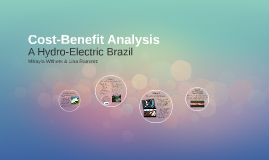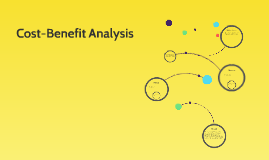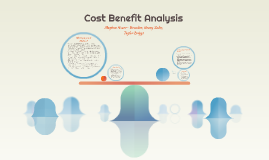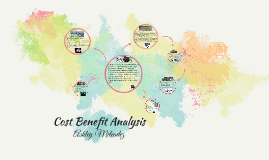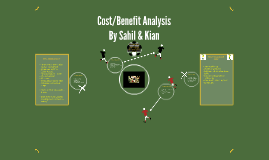Cost Benefit Analysis
Transcript: Cost Benefit Analysis Four year Public School - Bignhamton NY Medium size 13,412 total undergrads/ Suburban setting Five hours away in public transportation SAT CR: 590, M: 620, W: 580 Ashley Melendez Education is an important resource that many people don’t take advantage of. Investing in an education will pay off in the long run. There are so many choices to choose from that it all seems overwhelming. Not only does one have to think about what one wants in a college/university but one also has to think about thinking realistically based on the schools requirements and what one has to offer. Private four year university Medium 6,124 total undergrads/Suburban setting 78% graduate within six years T& F: $40,658, R & B: $14,674, B & S: $1,537, EPE: $1,929 Estimated Total $58,798 $33,873 average financial aid package SAT: CR: 550, M: 550, W: 540, Rank: 29% top tenth Business School - BA in Business Administration, Certificate Program in International Business School of Health Sciences and Human Performance offers HEOP Four year, public university Medium 12,929 total undergrads / Suburban setting 65% graduate within six years T & F: $8,996, R & B: $12,426, B & S: $1,200, EPE: $1,065, TE: $400, Estimated Total $24,087 $10,235 average financial aid package SAT: CR: 490, M: 520 GPA: 3.75+ 14% Business School - 5 year BA/MBA Program Early Assurance to Albany Medical School MD Program Offers EOP Four year Public School - Stony Brook Long Island Large size 16,480 total undergrads/ Suburban setting Two hour away in public transporation Tuition and fees: $8,855, R&B: $12,032, B & S: $900, Estimated personal expenses: $1,368, Transportation:$500, Estimated Total $23,655 $12,789 average financial aid package, 73% of financial need met (average) SAT: CR: 540, M: 610, and W: 540 GPA: 3.75+ (53%) 21% of students graduate with a health profession. 8% in business. College of Business - MBA Fast Track Program School of Nursing - BA program offers EOP Four year, public university large 19,829 total undergrads / Suburban setting T& F: $9,461, R & B: $13,061, B& S $1,196, EPE: $1,230, TE: $1,078 Estimated Total $26,026 $9,558 average financial aid package 65% of financial need met (average) SAT: CR: 500 M:550 GPA: 30% 3.5 or better Appx. 13 Hrs away on BUS (P.T), Appx. 1 hr in plane School of Management - BA/MBA Degrees Jacobs School of Medicine and Biomedical Sciences Offers EOP Tuition: $6,470, Fees:$2,511, R&B:$13,820 Overall Cost of Attendance: $22,801 - $24,251 School of Management Decker School of Nursing Binghamton is ranked #4 in as a best value among the nation's public colleges for out-of-state students and #15 overall by Kiplinger's Personal Finance, 2014 Offers EOP requiremesnts Location Setting Dstance from home SAT scores/ GPA Interested majors Financial assistance






